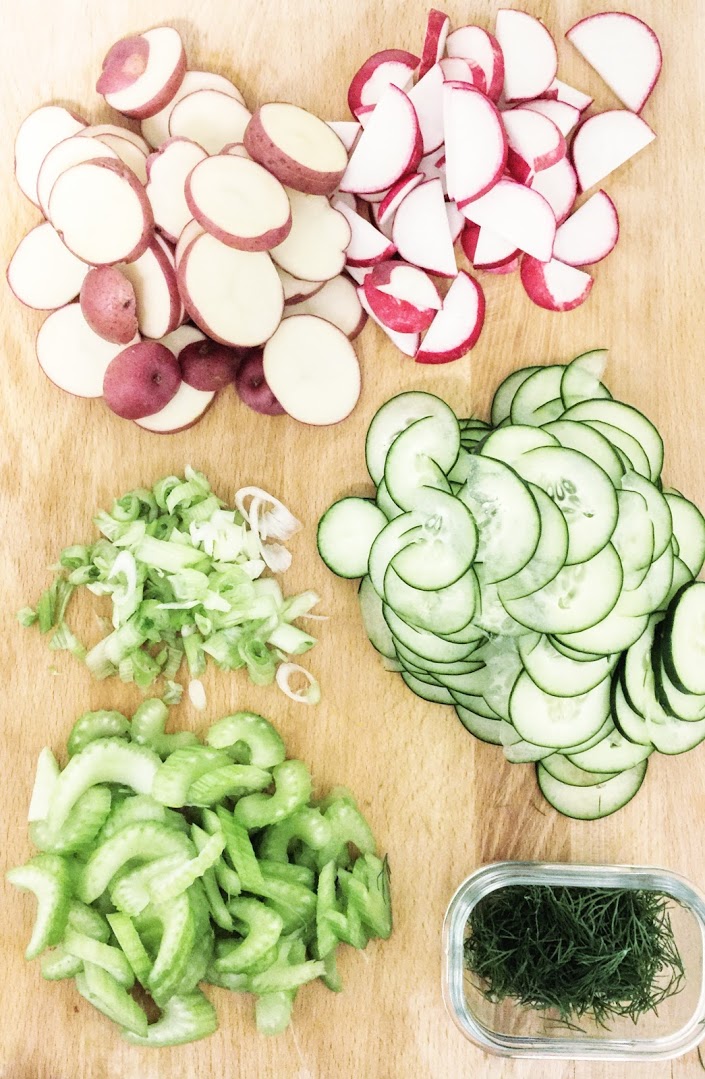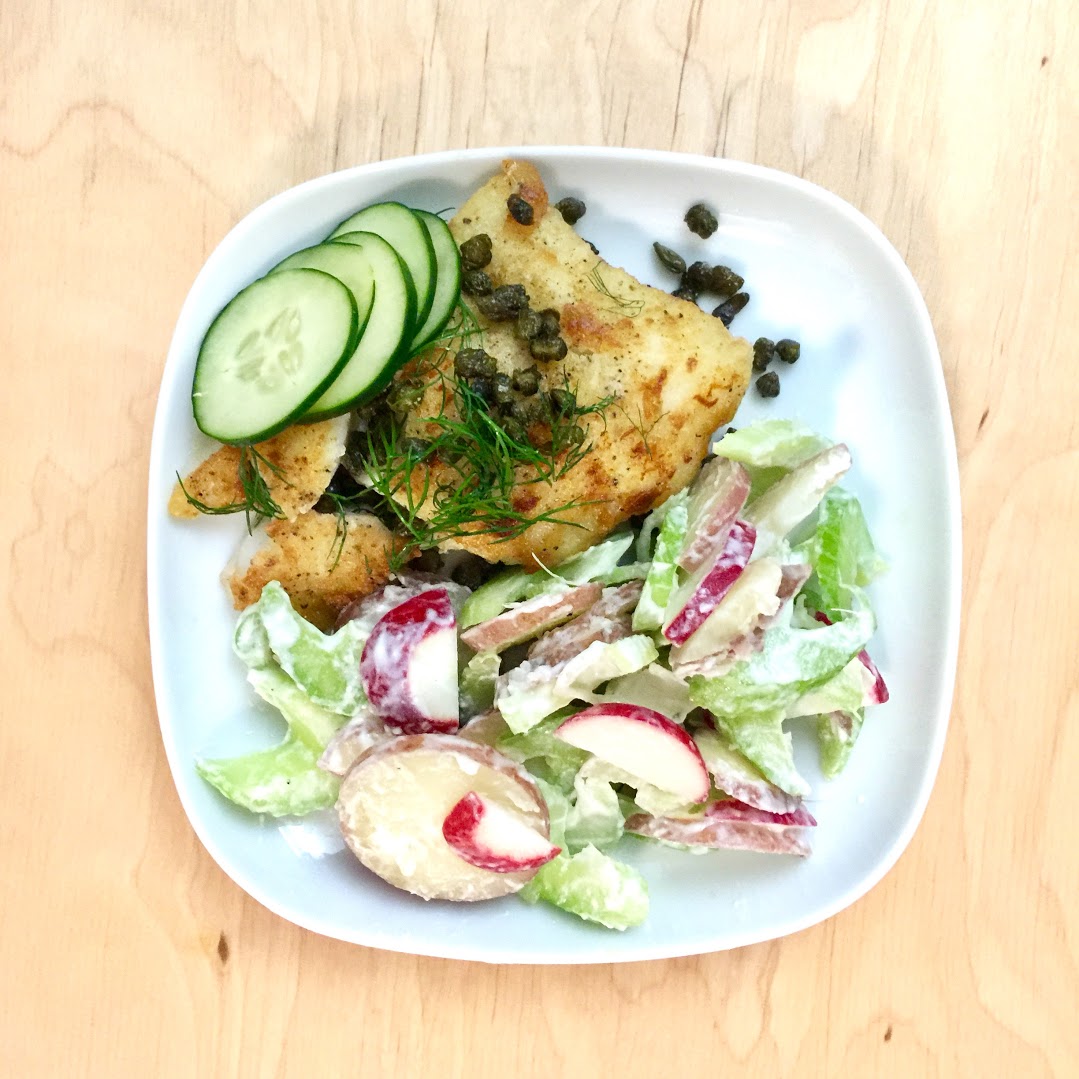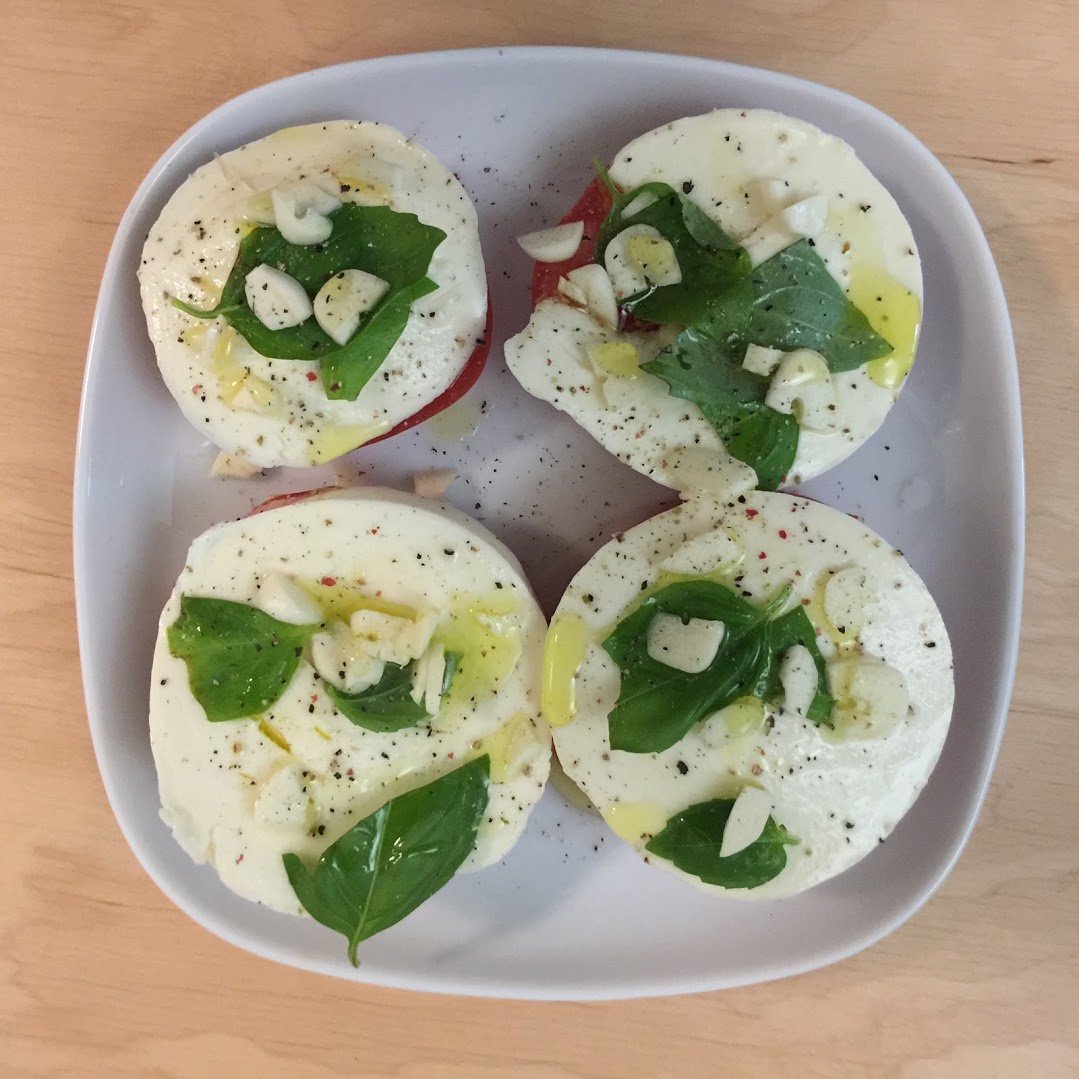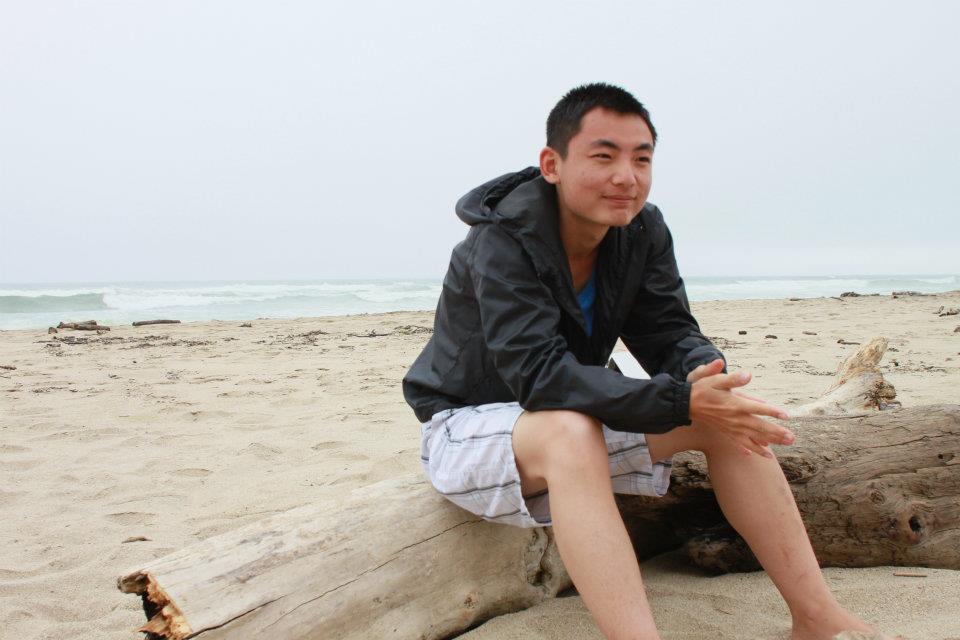We are all lost in this world. I have learned this fact through the baked-egg-in-portobello-mushroom-in-salad I made this morning.
In our wandering, we are all collectors of opportunities. Most of our opportunities never amount to much, but once in a while we find a way to unlock the full potential of a simple thing. These opportunities take on many forms, from an unexpected conversation to an awareness of the Earth. And if your journeys often take you to the Whole Foods, an opportunity might come to you as a portobello mushroom.
This morning, I find the mushroom looking like a 10 in the refrigerator. I clean it, thinking I would make a mushroom and tomato omelet. However, I only have two eggs left, and I don't want to crowd the omelet with mushroom. I also didn't want to leave the mushroom in half. After some careful thinking, I realize I can bake the eggs inside the mushroom. I'm also out of tomatoes, so I line the mushroom with marinara sauce. To top this, I would place a piece of basil over the finished egg and mushroom. Only, I don't have basil so I reach for the bag of spinach. That's fine, I think to myself. I'll put a bed of leaves under the mushrooms and one above, like it's Fall and somehow all of the leaves are green. In this composition, one of the leaves falls on the mushroom. Beautiful.
But eating spinach by itself makes your teeth chalky. Since I don't have any salad dressing, I made something out of soy sauce, cane sugar, and sesame oil. To balance the saltiness of the soy sauce, I cut some apple strips and line them over the spinach. Everything is fine now. Except that I have half of an apple leftover. So I open a container of yogurt and make a banana and apple smoothie. Perfect. Except now I have half a container of yogurt, so I mix it with leftover berries and Quaker Oats (of which thankfully you can use only as much as you need (which happened to be the rest of it)).
The end result is not quite the serene mushroom-in-the-forest dish I had imagined, but by this time I was very hungry and needed to restock the fridge. Sometimes, we are burdened by opportunities, and we need to not take the path. I think the apple was the tipping point in this case. If I didn't add the apple slices, the spinach would actually would have balanced the earthiness of the mushroom by itself, and, well, nirvana.
Ultimately, all we can do is take pictures with our mobile devices and write nice things about our lives. So here we are with baked-eggs-in-portobello-mushroom-in-salad... and it is so good.
Tangent thoughts:
- Shout out to Kunle Awojinrin for reminding me to update my blog!
- Planning what to cook is difficult, especially coordinating ingredients. It feels like we need everything all at once. How is it that we need everything to be on hold?
- Imagine the missed opportunity for a fungi to fall from a tree instead of an apple. Opportunities are two-way.
- Spinach contains oxalic acid which will form a coat on your teeth. Incidentally, oxalic acid prevents absorption of iron, which defeats the purpose of eating spinach in the first place. Vitamin C breaks down oxalic acid, so eat your spinach with citruses.
- As I am finishing this piece, I'm eating an apple and thinking "wow. What if I had decided to just eat an apple for breakfast?"
- And now I am thinking about this ball of mozzarella I have in my refrigerator.
Someday, I will grow up a little more and make this dish again without the apple slices. I will post a picture of the mushroom in the forest concept.
































